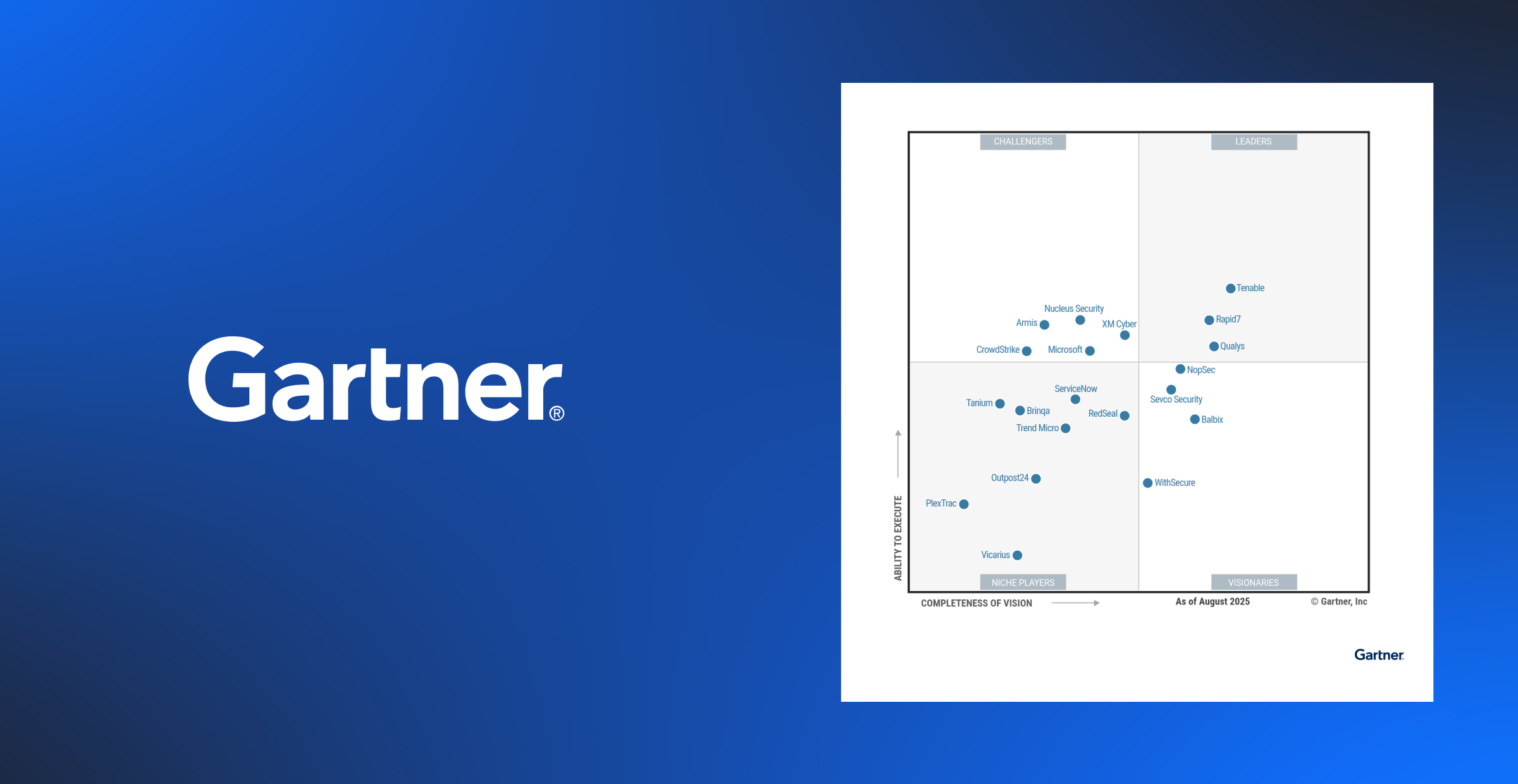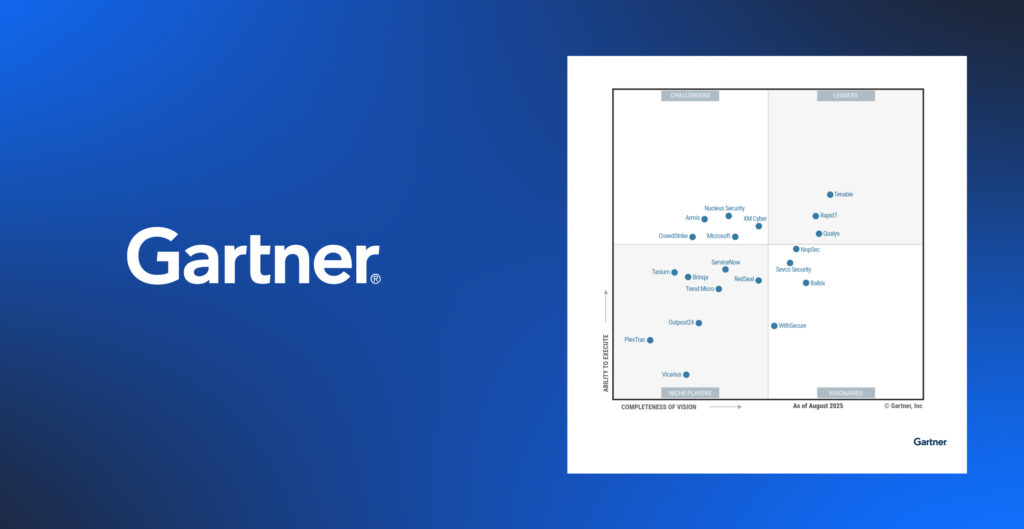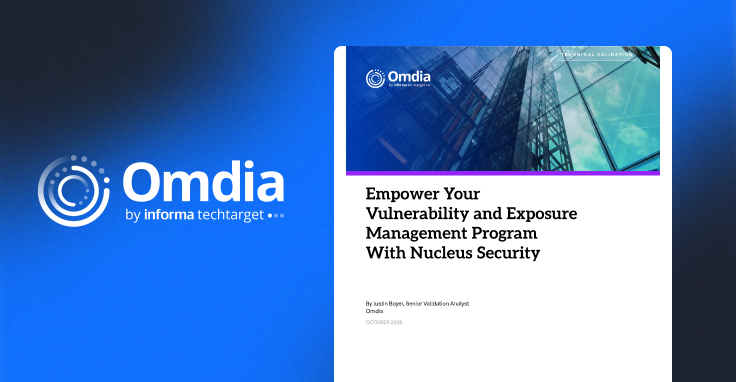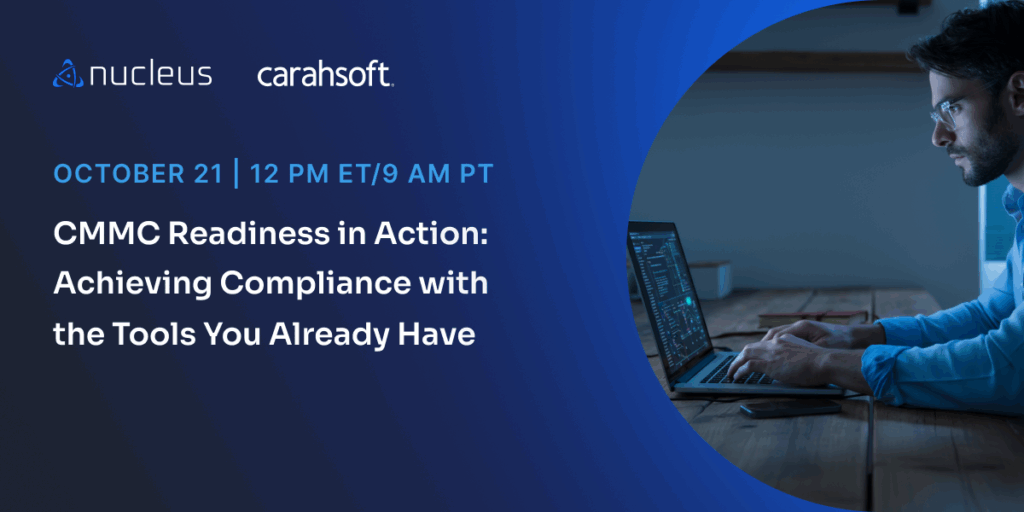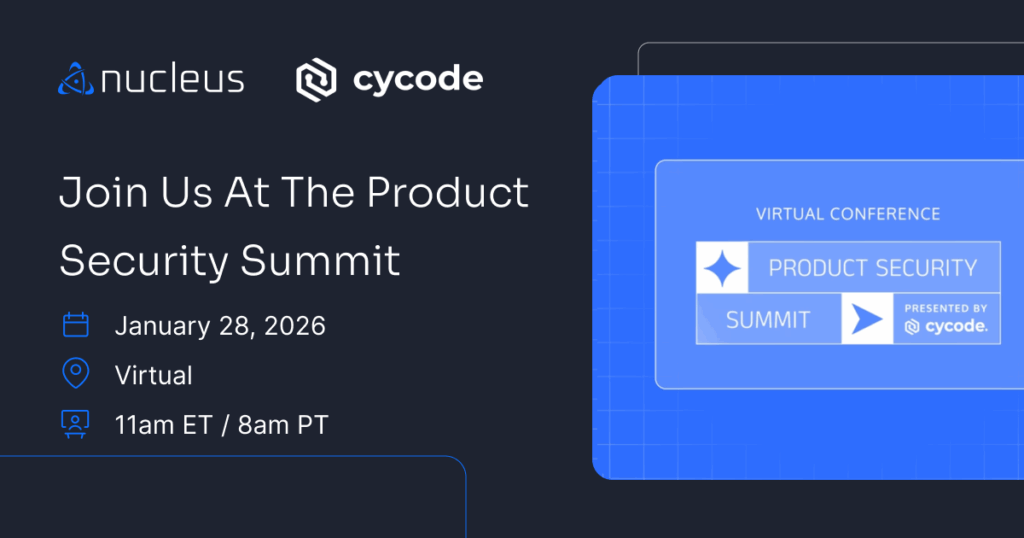July 26, 2023 CISA KEV Breakdown | Apple, Synacor
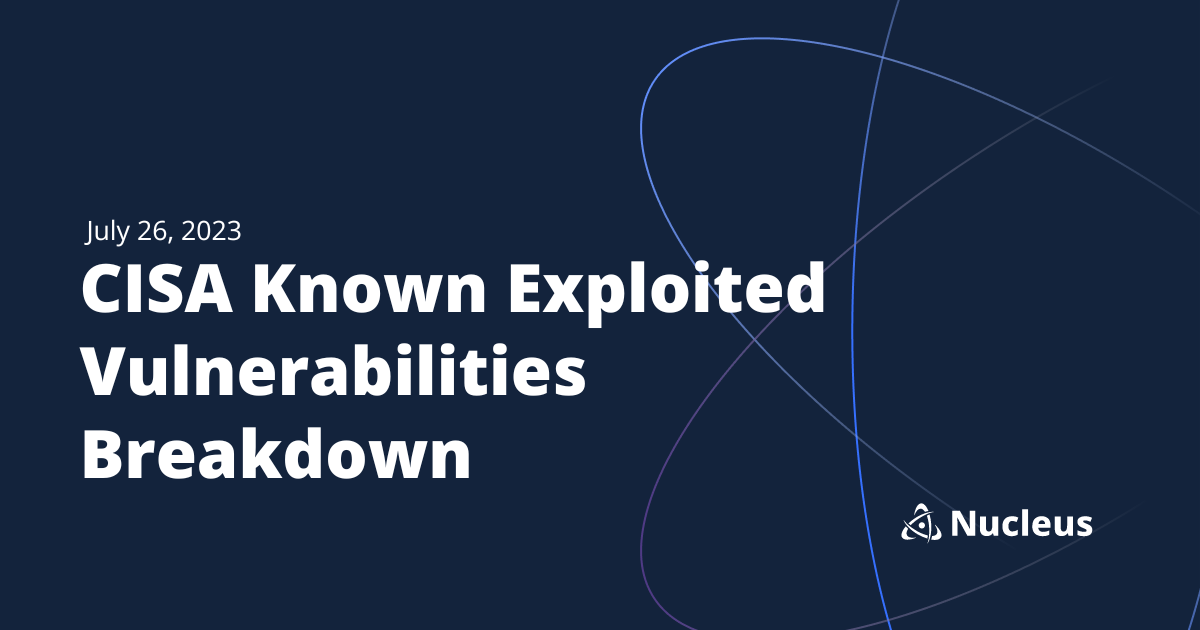
July 26: 1 New Vuln | CVE-2023-38606
In this CISA KEV Breakdown, one vulnerability in multiple Apple products was added after a fix and a note of active exploitation was given in the security advisories. We also include a footnote about CVE-2023-37580, which was a KEV entry and then quickly wasn’t, likely due to the fact that mitigation for the vulnerability requires some hard-coding to changes in Zimbra Collaboration Suite source.
[wptb id=22369]Notable Vulnerability Additions
CVE-2023-38606 | Apple Multiple Products Privilege Escalation
A vulnerability exists in Apple iOS, iPadOS, macOS, tvOS, and watchOS that can allow an attacker to escalate privileges. The vulnerability must be exploited by the attacker with the use of user interaction.
In classic Apple fashion, exploitation details are not clear and we are not aware of any publicly facing information that exists on how the vulnerability is exploited. Boris Larin of Kaspersky pointed out on Twitter that this vulnerability was yet another 0-day involved in the triangulation attacks against Apple devices to deploy spyware and other malware.
Users are encouraged to upgrade to the latest fixed versions of all Apple OS devices to ensure they are protected against the latest variations of this malware.
Security Advisory(s):
- iOS and iPadOS 16.6 – https://support.apple.com/en-us/HT213841
- tvOS 16.6 – https://support.apple.com/en-us/HT213846
- macOS Ventura 13.5 – https://support.apple.com/en-us/HT213843
- iOS and iPadOS (legacy devices) 15.7.8 – https://support.apple.com/en-us/HT213842
- macOS Monterey 12.6.8 – https://support.apple.com/en-us/HT213844
- macOS Big Sur 11.7.9 – https://support.apple.com/en-us/HT213845
- watchOS 9.6 – https://support.apple.com/en-us/HT213848
Footnote – CVE-2023-37580
This CVE ID is currently in a reserved state but it is suggested that it is reserved for an XSS vulnerability in Zimbra Collaboration Suite. Yesterday, CISA released notifications for adds to the KEV, and first included CVE-2023-37580, however, another follow-up notification revealed that the vulnerability actually added to the KEV was CVE-2023-38606.
In an advisory released July 13, Synacor suggests the vulnerability has been exploited in the wild on version 8.8.15, and urges users to apply mitigation manually as a patch appears to still be in the works. Publicly available information on how this vulnerability is exploited appears to be scarce.
Steps to apply the fix manually on all of your mailbox nodes
- Take a backup of the file /opt/zimbra/jetty/webapps/zimbra/m/momoveto
- Edit this file and go to line number 40
- Update the parameter value as below
<input name="st" type="hidden" value="${fn:escapeXml(param.st)}"/> - Before the update, the line appeared as below
<input name="st" type="hidden" value="${param.st}"/>
After the update, the line should appear as below
<input name="st" type="hidden" value="${fn:escapeXml(param.st)}"/>
Note: Zimbra service restart is not required so you can do it without any downtime.
← July 25, 2023 CISA Kev Breakdown
Click here to expand our CISA KEV Breakdown Frequently Asked Questions
- What makes for a notable addition?
- A notable addition can arise from many different characteristics. If a particular vulnerability is notable to the security community or a subset of the security community or if the EPSS score reveals notable information about the vulnerability, this can constitute further analysis. It may also be the case that a particular vulnerability shines a light on everyday users and we will highlight important information and key takeaways to ensure users and readers have easy access to actionable information.
- When is the Breakdown released?
- We aim to have our analysis of each KEV update posted within 24 hours of the time in which the Catalog is updated. See CISA’s full catalog here
- I am not bound by BOD 22-01 or federal regulations, why should the KEV concern me?
- CISA encourages all organizations to utilize the Catalog as an attribute in your vulnerability prioritization framework. Organizations looking to lessen the scope on known dangerous vulnerabilities and make a goal to remediate them can understand where they currently stand against what CISA has confirmed as exploited vulnerabilities in the wild. See CISA’s section on “How should organizations use the KEV catalog?” here.
- What is EPSS?
- EPSS is the Exploit Prediction Scoring System. It is an open, data-driven effort for estimating the likelihood (probability) that a software vulnerability will be exploited in the wild. See the EPSS home page on FIRST for more information here.
- What is the difference between EPSS probability and EPSS percent?
- EPSS probability is the risk calculated by the model when determining the perceived threat of the vulnerability itself. Percentage is a relative comparison of the rest of the CVEs within the given sample. While the probability only changes upon refreshing the results from the model, the percentage can change purely based on the CVE sample given. In the case of the Breakdown, we use the percentage given by the pool of all CVEs with given EPSS data. Scores may vary post-release of the post given new information about the vulnerabilities and their perceived threat. For more information on applying and understanding EPSS data, see this article on the FIRST website, as well as their FAQ page.
- What is GreyNoise?
- GreyNoise is a platform that collects, analyzes, and labels data on IPs that scan the internet and saturate security tools with noise. Through their sensor network, GreyNoise observes vulnerability exploitation attempts for vulnerabilities that are exploited in the wild over the Internet. These are arguably vulnerabilities that should be at the very top of your priority list to remediate.
- Why are GreyNoise exploitation attempts only observed on ~20% of KEV vulnerabilities?
- Exploitation of many vulnerabilities in the CISA KEV will not be observed for many reasons that GreyNoise does a good job of explaining in this post. For example:
- The vulnerability may not be remotely exploitable
- Vulnerability exploitation may require authentication (and result in privilege escalation)
- The impacted software may not be exposed to the internet
- Mass scanning/exploitation is not occurring yet
- Exploitation of many vulnerabilities in the CISA KEV will not be observed for many reasons that GreyNoise does a good job of explaining in this post. For example:
See Nucleus in Action
Discover how unified, risk-based automation can transform your vulnerability management.






